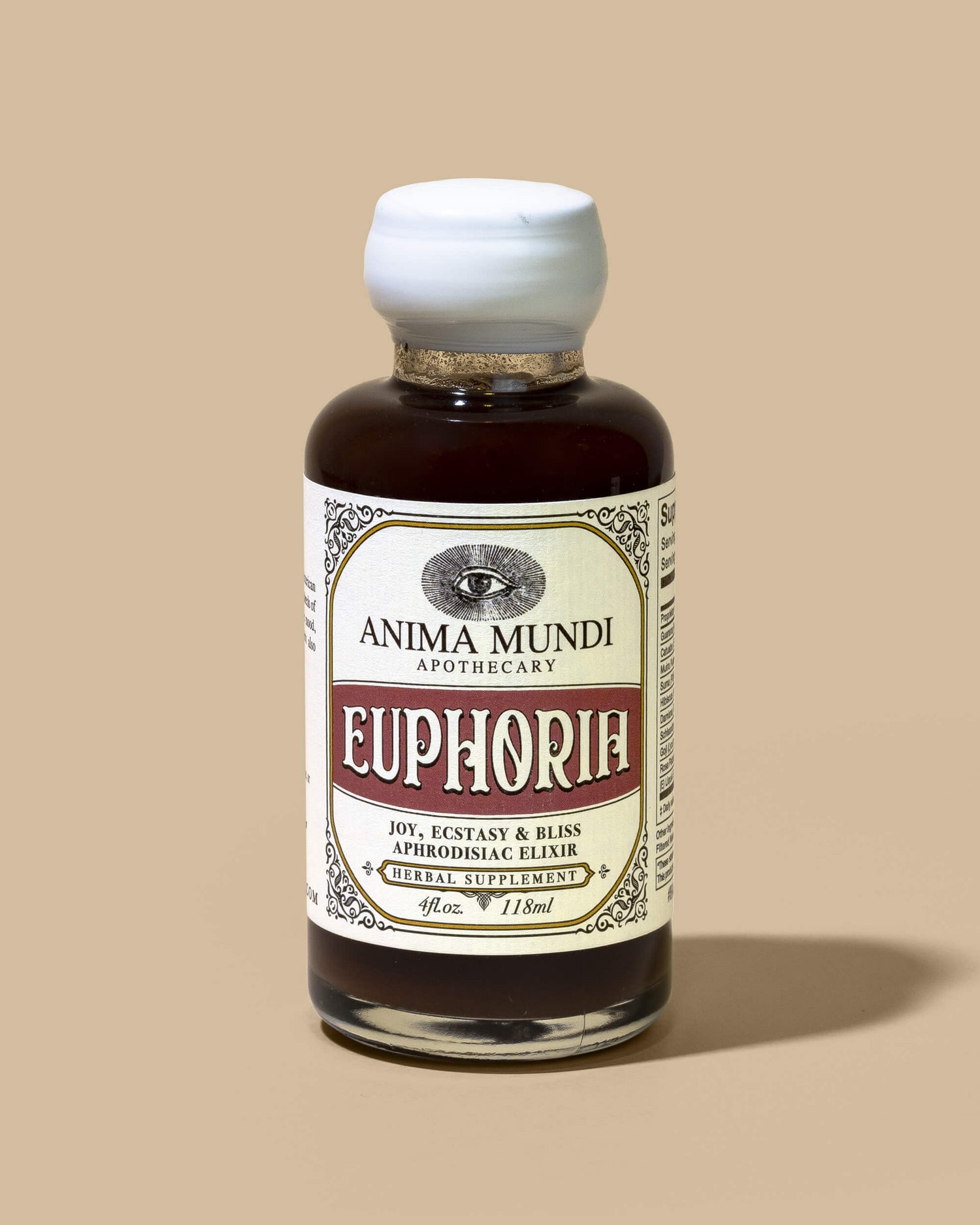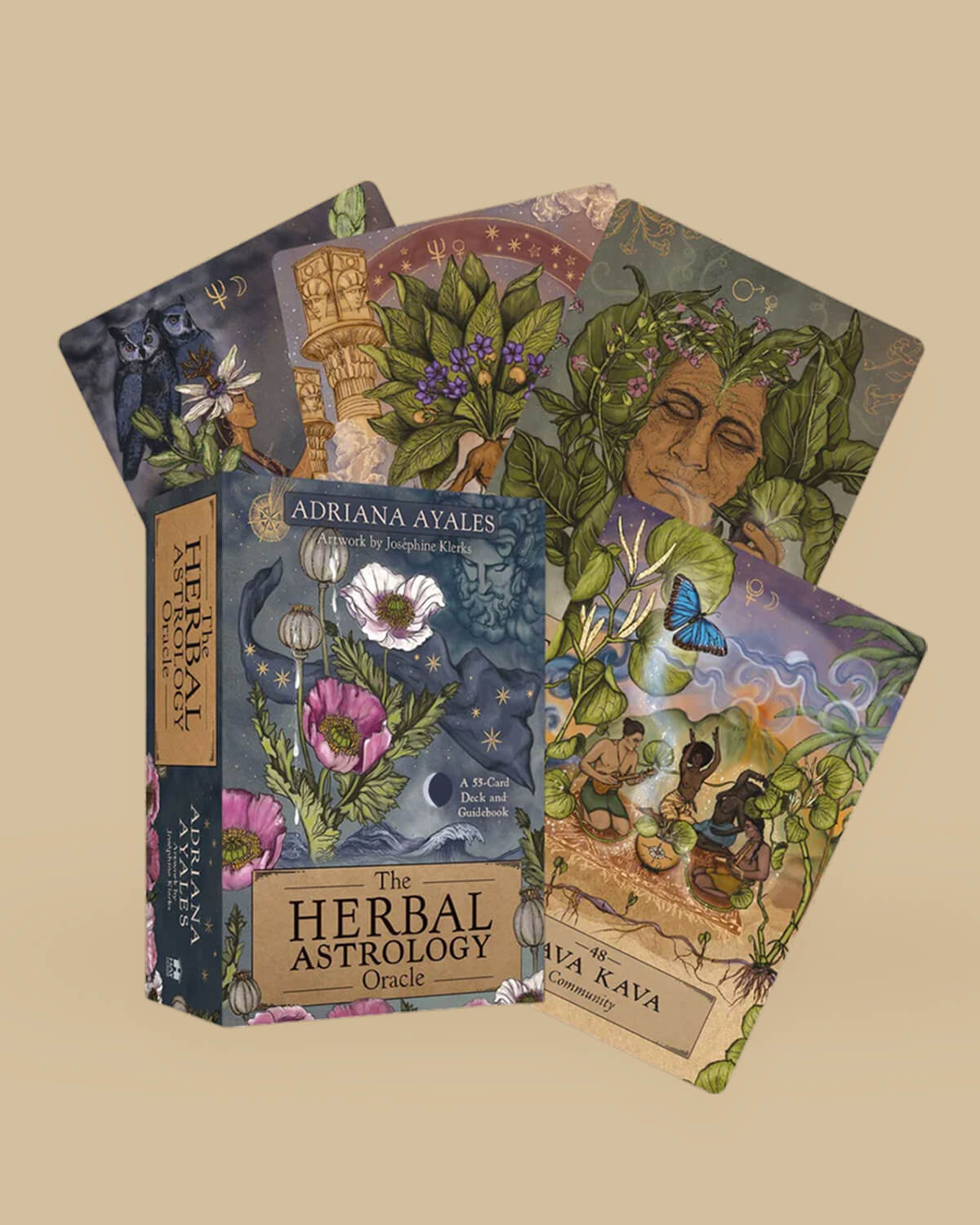ANCIENT MUSHROOMS
Medicinal mushrooms have been used in traditional and folk medicines since before recorded history. You've probably heard of Ötzi, one of the oldest bodies found frozen in ice around 3300 BCE, which was discovered in an alpine glacier in 1991. He was carrying two different species of mushroom on him at the time. One was a tinder fungus capable of holding a warm coal to re-start a fire at a new location many hours later. The other was a medicinal birch polypore used to fight parasites and other infections.
You can see from Egyptian hieroglyphics that their society saw mushrooms as a plant of immortality. Mushrooms were typically only eaten by pharaohs and other nobles, and were given the name “sons of the gods” and depicted in artwork as being sent to earth on lightning bolts.
Before we get too deep,
LETS GET TO THE MEDICINAL USES…
Below, we're reviewing our favorite adaptogenic mushrooms along with their folk and medically verified uses. For those of you new to the word “adaptogen", in a nut shell, it means non-toxic plants that help the body adapt to multiple stressors; primarily protecting the body (and mind) from the damaging effects of stress, helping the body achieve homeostasis.























